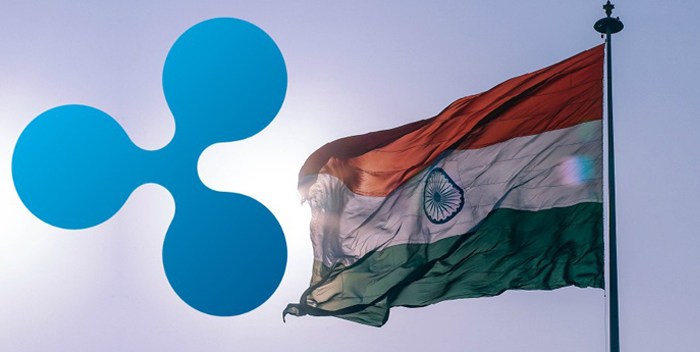
This is not an easy time to be a cryptocurrency backer in India, nor to be Ripple anywhere in the world. So spare a thought for Navin Gupta, the managing director of Ripple India. In February, Indian finance minister Arun Jaitley announced in his budget speech that he would launch a crackdown on the use of cryptocurrencies, saying: “The government does not consider cryptocurrencies as legal tender.”
It has since issued 100,000 tax notices to cryptocurrency investors suspected of concealing profits. Meanwhile, Ripple’s price, measured through its XRP token, has fallen from $3.75 in early January to $1.15 at the time of writing; its market cap is down from $145 billion to $44 billion.
None of this, however, seems to faze Gupta, who believes that Ripple’s fundamental purpose in India – cross-border remittances – insulates it from the surrounding noise.
“Ripple has really invested time with the regulators for the last two years,” says Gupta, speaking to Euromoney in Kuala Lumpur in early February. “What we want regulators to understand is that the use case of Ripple is trying to reduce friction in international transfers, not trying to speculate or make more money or be someone who launches a coin and then runs away.
“We are totally committed to one single thing: reducing friction in cross-border remittances, and regulators see that.” Gupta sees no threat from Jaitley’s crackdown because no cryptocurrency is involved in its India operations: “We are able to use our tech in the fiat itself, so either the US dollar or Indian rupee is essentially being used.” Ripple is sufficiently entrenched to have built partnerships with Yes Bank, Axis Bank and IndusInd on remittances, the last of them announced on February 21, with another partnership due to be announced soon, he says.
“The country benefits from the velocity of money,” he says. India receives about $71 billion of remittances a year from all over the world.
“If that $71 billion can come earlier, more accurately, with less friction, then the government benefits, the economy benefits and everyone is positive.” Bubbles Still, the market cap of Ripple’s cryptocurrency, already down two thirds this year, looks a lot like a bubble popping. How does it feel from the inside? “Very honestly, I’m not doing anything that I wasn’t doing six months ago or won’t be doing in the next six months: my MO is absolutely the same,” says Gupta. “The volatility is a distraction. People may want to get into it for the wrong reason.
What we want is for people to buy XRP or keep XRP for international remittances.” He says that, in causing larger waves of adoption, “I cannot say the volatility is not useful. But we are not at all focused on it. It distracts the regulators: when we go to speak to them and say this is what we want to do, they get it, but the volatility distracts them.” Ripple has inserted itself within a broader Indian policy objective to use financial technology as an engine of financial inclusion. He argues that Ripple opens up use cases that did not previously exist because the costs of remittance transactions were too high and so people would find it uneconomical to send anything below $1,000.
“But now you can send $100, $200. And you can send it directly for the purpose for which it was intended: to your kids’ school, the hospital, for the fridge you want to buy.” Value India is, notoriously, a place of middlemen in transactions; Ripple does not claim to change this, just to make the role and service more transparent.
“I wouldn’t say we are cutting the middleman out. We are making the middleman prove his value,” says Gupta. There are a lot of entrenched interests in the high fees around Indian remittances, but Gupta says he has not encountered pushback. “People realize this is coming,” he says. “Early adopters of Ripple are generally challenger banks or payment companies.”
He expects to work closely with the payment banks being launched out of India’s telcos and fintechs like Paytm. “They are going to be huge because their distribution footprint is just superb. The only other institution in India that parallels it is the post office network, and at some point they will do the same thing.” Gupta believes that remittance flows are “100%” the best use case for cryptocurrencies.
“Or put it this way: this is the use case that is reaching critical mass.” Cryptocurrencies like bitcoin typically trade at a premium to the price elsewhere in the world, a function of India’s capital control system. India has about 15 cryptocurrency exchanges; one, Unocoin, was gaining between 7,000 and 8,000 new users per day through December, according to its founder, Sathvik Vishwanath. However in January several Indian banks, among them State Bank of India and Axis, were reported to be suspending accounts linked to several exchanges, with suggestions that the Reserve Bank of India was informally asking banks to keep their distance from cryptocurrency brokers.
